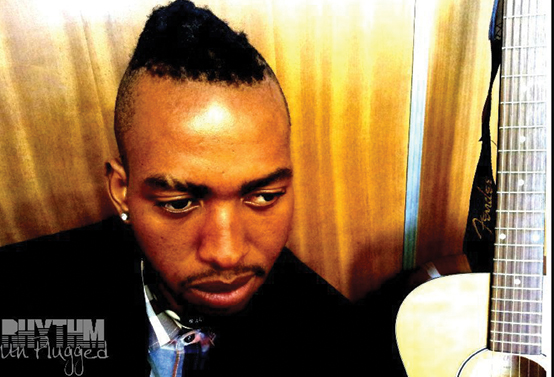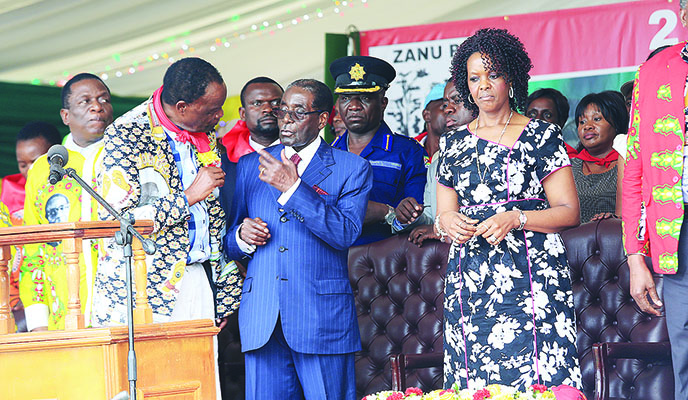
TIPS ON MUSIC MASTERING Local and international music industry has failed to pay most of our upcoming youth artists.
There are a lot of reasons that have made it hard for artists with great potential to make it on international platforms as a way of gaining international recognition. The quality of our music has been poor.
I personally have realised the importance of gaining mastering skills as a music producer and artist aiming to represent Zimbabwe on an international level. I have gone to realise that learning to train my ear, targeting a certain quality of sound and learning mastering skills is essential to be recognised. Here are some tips I prefer when mastering my own tracks: Personally, I have loved using fruity loops and the following plugin chain may not suit your needs; it depends on how you want your mix to sound.
After mixing well your music patterns (melodies), export your file to a wave of 24bit int depth and all the highest setting on quality 512 point sinc and bitrate 320kbs.
Note carefully mastering will not fix mixing mistakes, so it’s important to mix properly then move to the next stage which is mastering.
Import the wave in a new project, normalise all sounds and save the sample Import again into a new project and add the followings visiting plugins in the master track on the mixer Note: At this stage of adding vst plugins in the mixer needs a good machine at least 4GB RAM, Core i5 Processor for you to play the wave smoothly. Insert the following plugins in this order in your master channel in your FL studio mixer:
Fruity Parametric EQ 2, for cutting unwanted frequencies. I usually call this removing left-over sound, cleaning up your mix.
Cutting frequencies for example from 20kHz going down will remove all the sounds that a normal ear wouldn’t hear that cause your mix to be heavy and 80kHz going up will remove all highs that cause ear itching when the mix master volume is increased this will give your mix more room and clarity.
- Chamisa under fire over US$120K donation
- Mavhunga puts DeMbare into Chibuku quarterfinals
- Pension funds bet on Cabora Bassa oilfields
- Councils defy govt fire tender directive
Keep Reading
Fruity Compressor, use this plugin to make sure that the dynamic range of the whole mix is balanced so that there aren’t too big gaps between the loudest and quietest parts.
Fruity Multiband Compressor, for fine tuning the volume level in areas that is still too loud or quiet in the mix (if any).
Multiband compression is very handy tool in mastering because, if you want to compress (control the volume behaviour) of just the low frequency range, you can do that without affecting too much to the mids and highs and vice versa. For example, if you have loud peaks somewhere in the low frequency area, you can attenuate(weaken) these without reducing the gain of the mids and/or highs. Mainly it controls specific area of frequency bands. Fruity Parametric EQ 2, for boosting frequencies after compression of bands.
Fruity Limiter, for maximising the volume of the whole mix without clipping it. Export the song once again to WAV using highest quality settings, except set the WAV bit depth to 16 bit as this is standard in mastering because you can’t burn 24 bit files to CD.
I should also emphasise that this is not a definitive guide for mastering as there is a lot more to it than just throwing a bunch of plugins to the master channel. Instead, try to see this as a starting point and introduction to a method and set of tools that can be used for this final processing, just to get you going.
It might come useful to you as you start to experiment and learn what the different plugins and settings do to your sound to get the results you are after. I hope this gives local producers an insight on mixing and mastering as we grow and build our industry investing in the next generation.
Dj Mphoe ZIM (Rhythm Unplugged). [email protected] @R.Utribalelectro Assisted by Petri Suhonen










